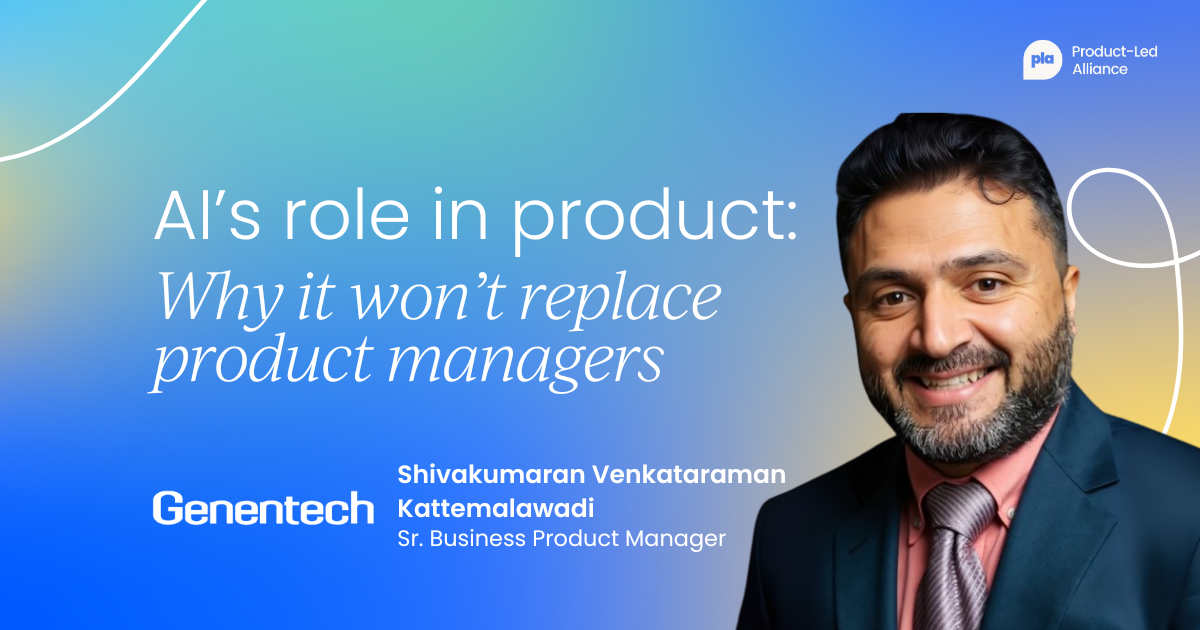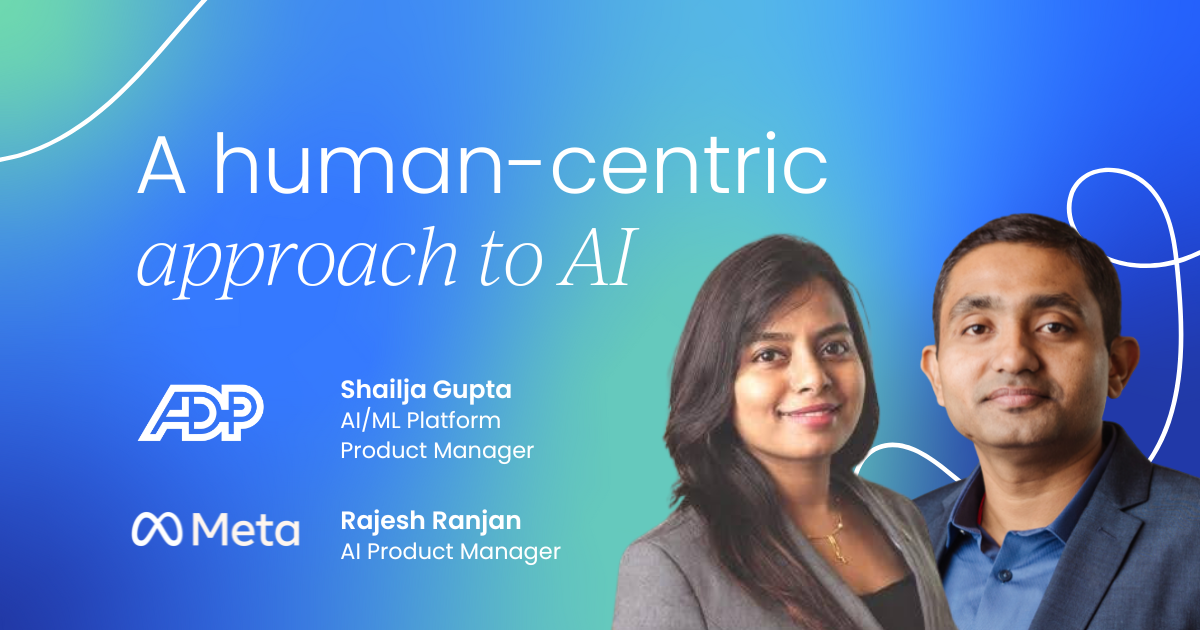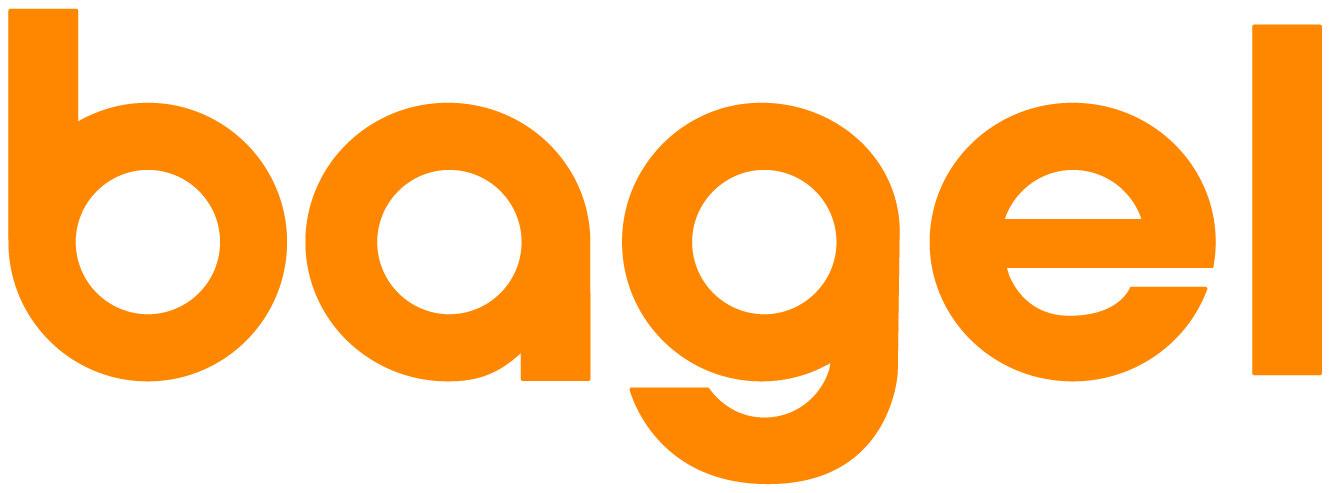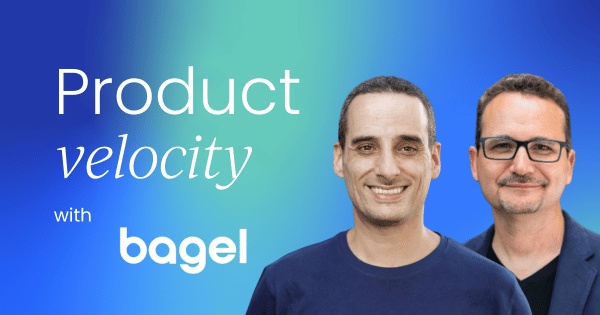Rethinking velocity in product leadership
In product management, “velocity” gets thrown around a lot. We obsess over how fast our teams can move, how many features we can ship, and how quickly we can respond to feedback.
Product velocity has become shorthand for progress, output, and momentum at any cost, and with the rise in AI tools that can create near-instant product iterations at the click of a button, the velocity conversation has taken on a new urgency.
The lesson product leaders need to internalize is that speed alone isn’t enough to guarantee success. Chasing speed without understanding impact is only setting your team up to fail faster (and not in a productive way).
Sure, AI tools and vibe coding can speed up your product development time, but bad ideas are still bad ideas – no matter how quickly they were shipped. The new competitive advantage in product leadership is understanding your impact and direction, and only then, striving for pace.
That tension is exactly what I explored in a recent conversation with Oded Gal, the former CPO of Zoom.
If there’s anyone who’s lived through the most extreme version of velocity challenges, it’s Oded. During the pandemic, Zoom went from 10 million daily users to 300–400 million in a matter of months.
Velocity went from being a nice-to-have to being a matter of survival.
In this article, I’ll share what I learned from Oded’s experience – and what it means for product leaders navigating the new realities of speed and impact.
From feature volume to real impact
Before the pandemic, Zoom celebrated feature velocity as a badge of honor.
At their user conference, they proudly announced releasing 500 features in a single year. Impressive, right? But when the pandemic hit, that definition of success collapsed.
As Oded explained, “We realized it’s not about volume, it’s about impact.” When the world suddenly relied on Zoom for work, school, and family life, features weren’t just nice-to-have – they carried life-changing consequences.
Moving too fast: Live transcription
A clear example is Zoom’s live transcription feature. Initially, the team launched it behind a paywall. For many users, this was simply another premium feature.
But for students with hearing impairments, it was a lifeline.
The feedback from accessibility groups and regulators was clear. Zoom changed course and made transcription free for all users.
Lesson learned: Sometimes moving fast means you miss the broader impact. Shipping quickly without fully considering accessibility, scalability, or unintended consequences can hurt trust.
Moving too slow: Enterprise integrations
On the other end of the spectrum, Zoom was taking its time with some enterprise integrations, as there was more focus on consumer needs at that time. This held back some enterprise deployments with potential high growth.
Lesson learned: Moving too slow can be just as costly as moving too fast. The key isn’t speed for its own sake – it’s calibrating velocity toward meaningful, timely impact.
For me, this is one of the clearest lessons: velocity is not linear. It’s about knowing when to push hard and when to pause for reflection.

Prioritization and alignment: The core of velocity
When millions of users were flooding into Zoom, requests poured in from every direction – celebrities, enterprise buyers, and everyday families.
How do you decide what to build when everyone wants something yesterday?
Oded shared a framework they leaned on heavily:
- Clearly define the problem: What is the actual user or business pain point we are trying to solve?
- Analyze the root cause: Why does this problem exist? What are the underlying factors contributing to it?
- Propose a solution: Only after understanding the problem and its root cause can you propose a solution.
It wasn’t just a product team exercise – engineering, marketing, and even finance adopted this method.
This systematic approach helped Zoom filter noise and keep priorities clear. And it only worked because they had a clear North Star. Without alignment around strategy, prioritization devolves into chaos.
As a product leader, I’ve seen the same dynamic.
Prioritization isn’t just about making tough trade-offs – it’s about protecting teams from constant reactive pulls. Frameworks like this create shared language across functions, while the North Star keeps everyone anchored.

Measuring velocity and impact in today’s world
Here’s where the conversation really hit home for me. Too often, companies define “velocity” by Jira dashboards and story points. But those are proxies for effort, not outcomes.
At Zoom, Oded admitted, measuring impact was “manual and exhausting.” They worked with go-to-market teams to assign dollar values to features, but it never felt enough.
True prioritization required layering strategy, quality, and customer needs on top of metrics. That alignment was critical – but it was messy.
Fast forward to today: things are shifting. More and more CPOs are directly measured on business outcomes like retention, revenue, and upsells. And sometimes even individual product managers (PMs) are!
In fact, at a recent dinner I hosted with a group of unicorn CPOs, almost every leader confirmed this trend.
This is exactly where platforms like Bagel AI come in. Translating business metrics into product metrics is hard, but it’s becoming non-negotiable. The right AI tools can streamline this process and ensure your team has the right data.
Velocity without impact measurement is just movement, but velocity with measurable business alignment is sustainable growth.
The evolving role of the product manager
One of my favorite parts of the discussion was hearing Oded describe the evolving skill set of product managers.
In the past, PMs were primarily roadmap owners and product requirements document writers. Today, expectations are different:
- PMs are prototyping lightweight flows themselves.
- They’re collaborating in real time with designers and engineers instead of handing things off.
- They’re expected to justify roadmaps with sharp insights, not vague promises.
Oded highlighted the importance of “vibe coding” and the ability to build small, clickable prototypes that may be rough, but immediately align teams better than static slides.
This resonates deeply with what I see in the market. PMs today need creativity, customer empathy, and business insight all at once. And while AI tools now help PMs design, analyze, and even prototype faster, there’s a line they can’t cross.
As Oded put it: “AI can crunch numbers, but it can’t replace empathy or human judgment.” Final prioritization decisions and direct customer conversations still belong to humans.
That’s not just comforting – it’s a reminder that the human side of product management will always matter most.

Focus, passion, and the human side of velocity
When asked why Zoom pulled ahead of competitors like Google Meet and Skype – who already had a presence in schools – Oded’s answer was simple: focus.
Zoom had a maniacal focus on making group video calls reliable and crisp. Others treated it as a nice-to-have. When the pandemic hit, Zoom won because people turned video on, and it just worked.
Sometimes, though, focus doesn’t mean dismissing the fun. Oded shared the story of virtual backgrounds – initially dismissed as gimmicky, but embraced internally by the sales team.
It spread as a way to break the ice with customers, and during the pandemic, it became a lifeline for people working from messy homes. A reminder that sometimes the biggest impact comes from features you least expect.
Finally, when it comes to building teams, Oded had powerful advice: hire for passion. Technical or design skills can be learned, but “fire in the belly” can’t.
Domain expertise matters for credibility with engineers, but passion for solving the problem almost always trumps formal experience.
This struck me as one of the most timeless lessons. Velocity isn’t just about processes or metrics – it’s about people. Motivated, passionate people create impact faster than any framework or tool ever will.
Conclusion: Moving fast, impactfully
When I reflect on my conversation with Oded, one theme runs through it all: velocity is not about how fast you move, but about how fast you create meaningful impact.
Moving too quickly risks missing the real problem.
Moving too slowly risks missing the opportunity.
The job of product leadership is to find the balance – anchored in clear prioritization, measured against real business outcomes, and executed by passionate teams.
Today, with AI and modern product intelligence tools, we can automate impact measurement, tie product work directly to business goals, and cut through the noise.
But none of that replaces the human side: empathy, focus, clarity, and judgment.
That’s the real definition of product velocity – and it’s the difference between simply shipping and truly leading.



 Follow us on LinkedIn
Follow us on LinkedIn







